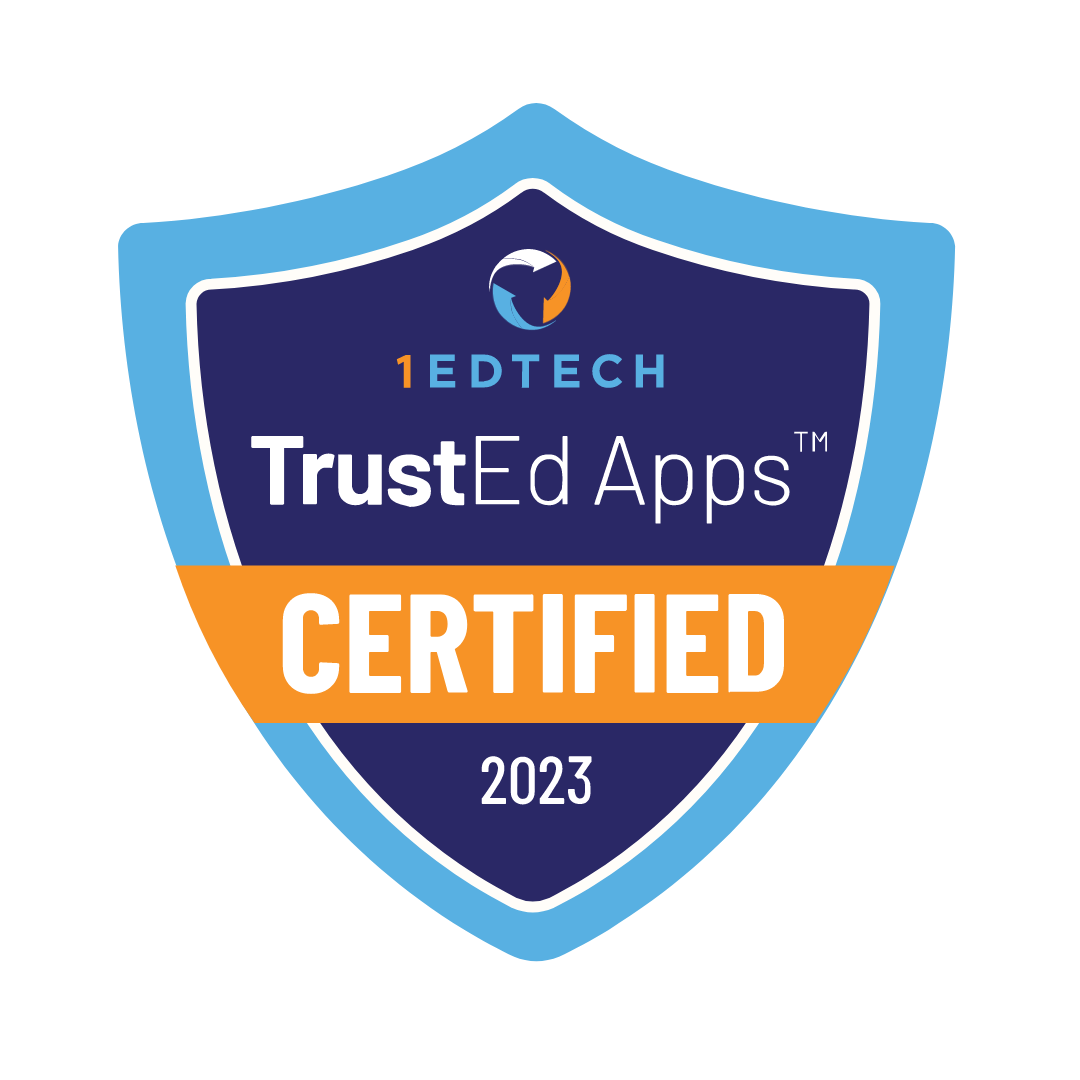Contents
- 1 Online Education
- 2 Advantages of Internet Schooling
- 3 Flexibility and Diversity in Internet Education
- 4 Role of Teachers in Online Education
- 5 Drawbacks of Internet Schooling
- 6 The Challenges of Home-Based Learning
- 7 Curriculum and Resource Development for Online Education
- 8 Comparing Classrooms: The Internet vs Traditional Methods
- 9 Learning Environments
- 10 Instructional Methods
What is online education? Online education is education delivered in an online environment through the use of the Internet. Different students from kindergarten to 12th grade, or even higher, can study virtually.
Online Education
Online education opens up a world of learning beyond the four walls of the classroom. It offers unique advantages such as flexibility of pace and learning style, as well as access to a variety of online resources.
For example, a student may struggle to keep up in a fast-paced classroom or he/she may live in a remote area that lacks access to quality schools. Online education can be of great benefit in both distance and learning capabilities. This format also provides personalized learning for students with special needs to make it more accessible. Thus making learning accessible to all students.
Now let us look at some of the specific advantages of this mode of learning.
Online education offers advantages such as schedule flexibility, freedom from commuting, work at your own pace, and access to resources. As well as potentially fewer distractions compared to traditional classrooms. This leads to a more personal, convenient experience for students.
Legacy Online School offers more information about its history and education on our website. Start from learning more about us and dig deeper into the beauty of online education!
Advantages of Internet Schooling
The flexibility of an online school is one of its strongest suits.
Imagine being able to learn at your own pace and, at the same time, you don’t feel rushed or lagging behind other students. You can do that with online education. You can take your time if you need more of it and can move on if you understand something right away. This personalized approach allows students to absorb information in a way that works for them.
Mehmet Kokoc in his study shows the essential advantages of online schools by underlining their diverse content access, flexible course structure, and improved behavioral engagement.
“E-learning provides flexible learning opportunities to students in terms of time, place and pace of learning. Students can have opportunities to effectively engage in e-learning process through e-learning technologies.”
With this approach, a natural learning style is evident and Mehmet continues to underline the accessibility of online education.
Access to a wealth of online resources and multimedia materials greatly enriches the learning process. It’s as if the whole world has become your classroom. In that world, you can watch videos from top universities and find interactive tools to help explain complex concepts. This variety of learning materials suits different learning styles. As a result, online learning creates a dynamic and engaging learning environment.
In traditional classrooms, it is often difficult for teachers to meet the diverse needs of each student. Online schools offer a solution to that: a personalized approach to learning. This approach takes into account the different preferences and needs of students, including people with disabilities or special needs.
Online education fosters an inclusive environment in which all learners can thrive. All this through accessible tools and alternative learning methods.
Internet schooling has many benefits.
Let’s explore how it opens doors to flexible and diverse learning.
Flexibility and Diversity in Internet Education
One of the notable benefits of online education is flexibility. It allows students to tailor their learning experience to meet individual needs and preferences. Being able to learn at your own pace is a game changer for many students. Flexibility is important for students who may feel overwhelmed or unable to keep up with assignments in traditional classrooms. Students have the opportunity to revisit difficult material in independent studies as often as necessary.
This personalized approach is indispensable for students with different learning styles and varying academic abilities. For example, some students may excel in math subjects. They need extra materials to stay interested and motivated. While others may need extra time and a variety of resources to grasp complex concepts in the same subject. Independent learning allows these diverse needs to be met, which ultimately contributes to a more inclusive education.
Online education provides access to a world of global resources that may be inaccessible within traditional educational institutions. Students have the opportunity to explore a vast array of learning materials by using technology. Children can also communicate with experts from around the world and interact with peers from different geographical locations. This fosters cultural exchange and increases global awareness. As a result, it enriches the educational experience with a broader perspective.
Accessing global resources is not just about reading material from a variety of sources but also about learning about different perspectives and methodologies. Students can discuss with classmates but they can also talk with mentors from different cultures. This can lead to valuable insights and a deeper understanding of global issues for students. Beyond the academic benefits, such interactions foster empathy and appreciation for diversity outside of classrooms. Sense of empathy and appreciation for diversity is an essential skill to have in the current day and age.
For example, a student from India can work on a group project with peers from Canada. He/she gains intercultural communication skills and enriches his/her learning experience. Similarly, a student from South America can access research articles by European scholars. He/she broadens his/her understanding of international perspectives in his/her field of study by having intercultural communication.
The flexible nature of online education not only accommodates individual learning styles. It also fosters a global mindset by providing access to diverse sources of knowledge and opportunities for cross-cultural interaction.

Legacy Online School goes over the benefits of online schooling on our website. Check it out to understand more about them!

Role of Teachers in Online Education
In the world of online education, instructors are the guiding stars for students. They are the ones who help them navigate the digital learning landscape. Educators’ main duty remains the same: to mentor, guide, and support students as they learn and grow.
Teachers in an online school environment have an exceptional ability to provide each student with individualized guidance. It is often unattainable in traditional classrooms. Teachers can effectively meet their unique learning needs with a smaller student-to-teacher ratio and tailor their material to each student’s unique needs.
This level of individualized attention is invaluable for each student as it allows teachers to identify any stumbling blocks a student may be facing. Educators can immediately offer targeted help to ensure understanding and progress. It is important when a student feels that their teacher really sees and understands them to pursue further progress. This approach creates a supportive atmosphere that fosters confidence and success between a student and a teacher.
Teachers play a critical role in developing students’ digital literacy skills. Exploring the world of the Internet is like exploring a vast digital universe. Educators act as trusted guides in that digital world. They are the ones who help students navigate this online terrain effectively. Teachers coach important digital literacy skills: distinguishing between credible sources of information, understanding the principles of digital safety and security, and using technology as a learning tool.
Promoting digital literacy gives students a chance to succeed in today’s technology-driven world. The ability to easily adapt to new technologies is a fundamental skill. Students are prepared for future success in a variety of areas by studying digital literacy and adaptation to new technology.
The role of teachers in online education goes beyond simply presenting material. Equipping students with the necessary digital literacy skills to be successful in today’s interconnected world becomes essential. Online educators are not just virtual teachers, they are mentors. They guide students on their educational journey and prepare them for the digital world of the future.
While recognizing the key role of educators in taking advantage of online education, it’s time to look at the potential challenges.
Drawbacks of Internet Schooling
The transition to online learning has indeed been a game changer for many students. However, some disadvantages should also be recognized.
| DISADVANTAGE | EXPLANATION |
| Limited face-to-face interaction between students and instructors |
|
| Social isolation |
|
| Dependence on technology |
|
Recognizing these shortcomings is vital to more fully understanding the impact of online education on students and on instructors.
Seeing these challenges will help institutions and instructors. They can then develop strategies to reduce these shortcomings and improve the online school experience.
Since we have looked at the disadvantages of online schooling, it is important to recognize the obstacles that come with homeschooling.
The Challenges of Home-Based Learning
| CHALLENGES |
| Setting up study spaces |
| Distractions at home (noise or family interference) |
| Family scheduling interrupting classes (chores, share of devices, interrupted study time) |
| Broken focus/motivation |
The key to these challenges is to find a balance between home life and studying.
It’s important that your loved ones understand when you need to focus on your studies. They also need to know when you can take time to use the computer or whatever else you need to study.
For example, a guy who likes to make music and videos cannot create music if everyone in his house is being noisy or he himself cannot be noisy. He should wait until later in the evening to avoid causing issues with others in his house and to calmly continue his work. That way, everyone gets what they need without stepping on each other’s toes.
Maintaining balance in the home environment and having a balanced routine are important when it comes to online education. It requires thought and planning. Once you realize this, both academic work and family time will become more relaxed and enjoyable.
Curriculum and Resource Development for Online Education
Traditional schools have chalkboards, textbooks, and science labs. The question arises as to how all of this can fit into an online environment? Educators are working hard to translate these time-honored methods into an engaging digital format and make it accessible to all students. They incorporated multimedia resources, interactive tools, and virtual labs into the curriculum to make learning more interactive and visually stimulating.
Students have access to a wider range of information by incorporating multimedia resources.
Visual learners benefit from video lectures and interactive diagrams.
Kinesthetic learners can participate in hands-on virtual lab simulations.
This ensures that everyone has an equal chance to learn in a way that suits them.
Accessibility is emphasized in the development of online resources. The goal is to ensure that every student has every opportunity to learn effectively regardless of his/her physical abilities or learning style. Textual materials can be accompanied by audio files for those who learn better by listening rather than reading. Interactive parts also allow for flexibility and accessibility in learning. All ensures that every student can participate in a way that suits them.
There are solutions for each student, whether a student is dyslexic or visually impaired. Curriculum development makes learning as easy for them as for everyone else. Teachers recognize the importance of taking into account individuality of each student by creating a diverse range of learning materials. It is important that no one feels excluded from the learning process.
It’s crucial to adapt traditional curriculum structures to an online format as well as the accessibility of learning material. These changes create an inclusive and engaging platform for all students. Online schools are designed to accommodate every learner and they provide a dynamic educational journey that ensures no one is left behind.
The integration of multimedia and adaptive learning makes up a solid foundation. It creates an enriching academic experience.

Comparing Classrooms: The Internet vs Traditional Methods
Traditional school classroom is the baseline when we think of schooling. Namely, neatly arranged desks, an authoritative teacher in front and students engaged in discussions. It’s a timeless setting that has been a mainstream for centuries, but technology evolved. A new rival has emerged: online schools.
As the new rival emerges from the digital world, students show their preference and their determination in online education. Specifically, a study done by Zeynep Turan, Sevda Kucuk and Sinem Cilligol Karabey underlines the effort students put into their online education. They state below.
“…The learning opportunities provided in distance education environments require students to act more autonomously and take more responsibility for regulating their learning processes to achieve their learning goals.”
– Zeynep Turan, Sevda Kucuk and Sinem Cilligol Karabey
This statement underlines students’ approach to virtual learning and how it benefits them long-term.
How does this virtual learning environment differ from the traditional classroom?
Let’s take a closer look at it.
Learning Environments
Traditional classrooms focus on direct face-to-face interaction. Students sit in close proximity to each other. They participate in face-to-face discussions and have direct access to their teachers for questions and guidance. This creates a vibrant social atmosphere where friendships are formed, teamwork is encouraged, and interpersonal skills are developed.
On the other hand, online schools offer a remote and virtual learning environment. Students communicate through digital platforms, participate in video conferencing and online group discussions. This approach fosters a global community of learners. They may be geographically dispersed but are digitally connected. Virtual students have the opportunity to collaborate with peers from different countries and cultures. This broadens their perspectives and understanding of different communities.
Online schools promote self-discipline and time management, because students organize their own class schedules. The comfortable and familiar environment of home can provide a sense of security for some students, which lets them focus on their studies. They avoid distractions of normal classroom activities.
Instructional Methods
Face-to-face instruction is the cornerstone of the teaching approach in traditional classrooms. Teachers use physical materials: textbooks, whiteboards, and educational aids. They use them to convey information and engage students in hands-on learning. These learning methods often require educators to directly supervise students. They do this to ensure the students understand and engage.
In contrast, internet schooling relies heavily on digital platforms. It uses multimedia tools and online interactions for instruction. Lectures can be pre-recorded or live-streamed. This lets students access content when they want and at their own pace to underline accessibility. Videos, animations, and simulations are multimedia elements that make complex concepts engaging.
Project-based learning in an online school can involve collaborative work on digital platforms. Students can contribute their ideas synchronously or asynchronously, regardless of their physical location. This flexible approach suits all learning styles and fosters creativity in problem solving.
It is clear that traditional classrooms and online schools offer unique learning experiences. They cater to different preferences and requirements of learners.
It is clear that both traditional and virtual schooling have its own advantages and concerns where there is obvious room for growth. Education is evolving. It allows for a variety of options to meet individual needs. These include the camaraderie of a traditional classroom and the flexibility of online education.

Check out Legacy Online School programs to find what you need:
- Legacy Online School’s elementary school program sets the bar high. This is a quality education. We strive to ignite curiosity. We also strive to foster creativity. We offer a strong curriculum. We are assisted in this by qualified educators.
- Legacy Online Middle School provides digital education. It is designed for middle school students. The school prides itself on offering live online classes taught by certified teachers. The classes are online and interactive.
- Legacy Online High School is a unique method of online learning carefully designed for high school students. It combines synchronous learning, a wide range of pedagogical methods, and an emphasis on accessibility.
Legacy Online School offers the best curriculum for you and your child to get the best online educational experience.
Our rigorous curriculum ensures that graduates are well prepared for universities and workplaces around the world. In addition, our vibrant virtual clubs connect students all around the world.





